
Sourcing from China can be very lucrative if you are sourcing the right products. Some items are easier to source than others, and the level of profitably can change as well.
Here are some tips to consider when sourcing from China:
Chemicals and Hazardous Materials
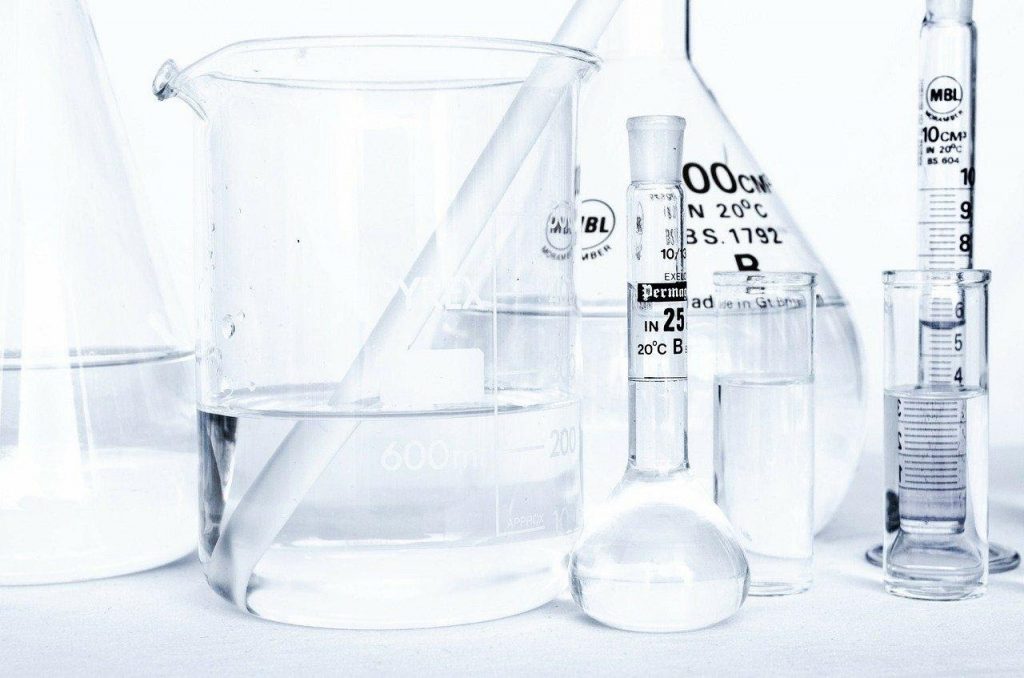
Chemicals can be difficult for several reasons to source. For one thing, many freight forwarders will only make shipments of chemicals in FCL (Full Container Load). This means that you pay for a full container’s worth of space that goes out on sea, regardless if the container is full or not. The reason for this is because if a chemical spills out of the packaging, it won’t damage other people’s products when shipped FCL.
It is difficult to get many chemicals through customs. Potentially hazardous materials are more strictly regulated and can be more arduous to get. You should contact a customs broker to find out which products you are able to import or export.
Chemicals and liquids cannot be shipped by air from China and must be made by sea.
MOQs for products with chemicals are often high. Many factories in China with FDA certification do not want to manufacture custom formulas unless the order quantity or value is worth the time and effort it takes to do so.
Items that have fluids that have common uses such as facial cleanser or cosmetics are in general easier to source than more niche items like empty nitrogen tanks, but in general, items that have chemicals or will be used with hazardous materials involve more work and cost than without.
If you are sending samples to China, be aware that even if the product contains no chemicals, but will be used with them, it has the potential to be flagged as a prohibited item.
Air Freight
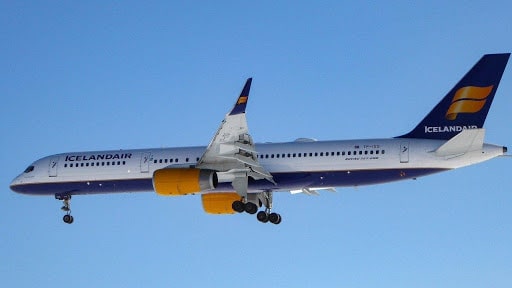
With the advent of Covid-19, there has been a massive increase of shipments of personal protective equipment from China to across the world. Consequently, air freight cost has also risen in turn.
Sea freight has become the chosen method of shipping for many as a result. It still is possible to have your parts air shipped, but be prepared for an increase in cost until the volume of shipments made by air decreases.
Personal Protective Equipment
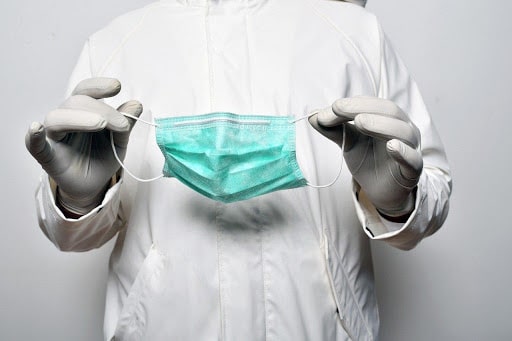
As many countries are facing shortages of personal protective equipment around the world, China has been able to make massive amounts of masks, face shields, gowns, surgical gloves, and other items rapidly to help fill the gaps.
They continue to push out millions of masks every day and are an excellent choice for affordable and effective PPE.
Their KN95 filters 95% of particulates like the American N95 and are nearly identical.
They have NIOSH and FDA certified facilities and have production capacities suited for most situations.
Labor Intensive Items
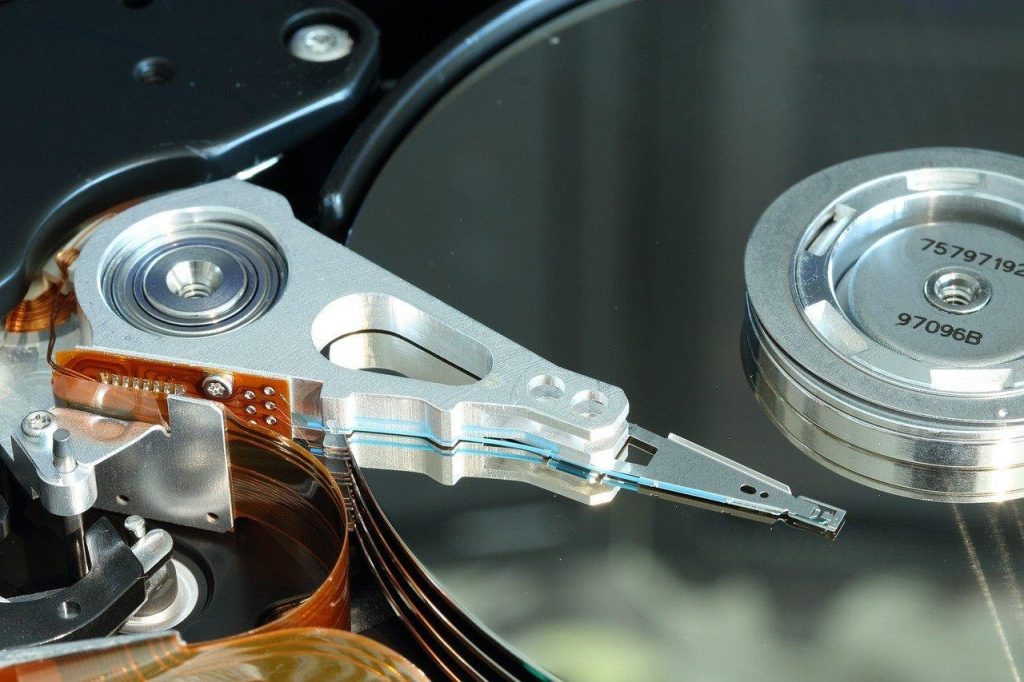
Products that require many hours of assembly or machining will always be a good option to source from China. Their infrastructure and manufacturing capabilities allow them to mass produce products at an unprecedented level.
We have found that for most items they still remain the cheaper option than their neighboring countries such as Malaysia, Vietnam, or Cambodia, even with tariffs in effect. Those countries lack the work force and capacities that China has.
Product Design, DFM, and Prototyping
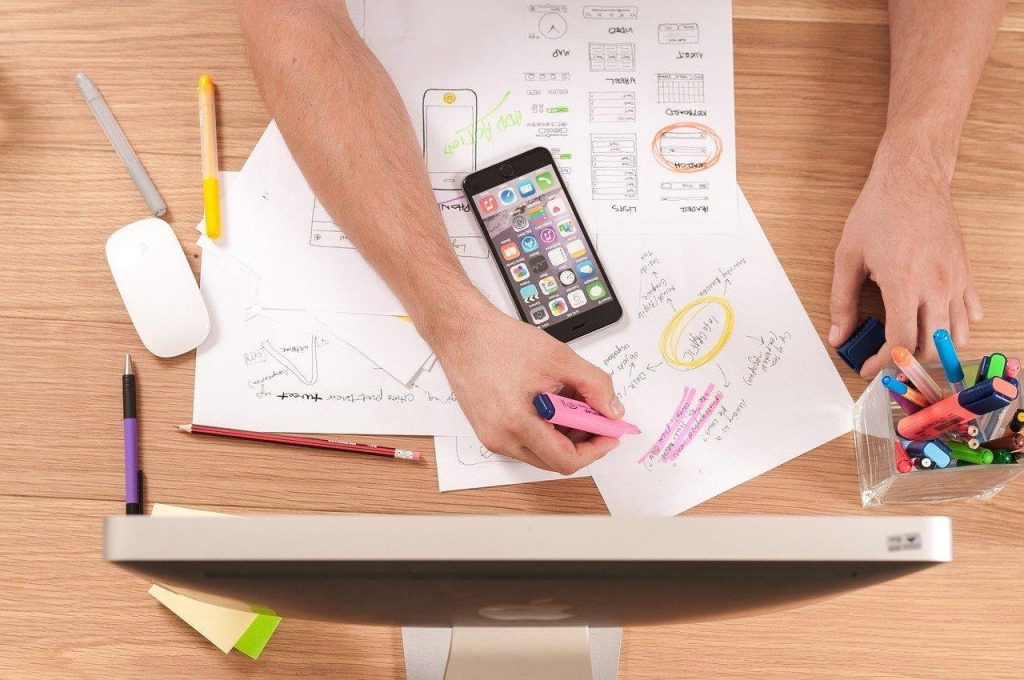
While China does have extensive manufacturing capabilities, we have found that engineer and design work should be handled elsewhere for a number of reasons.
Chinese engineers don’t have the level of expertise that American engineers do. American engineers will be more in tune with how to make products compliant in America. Most products have to go through some level of product testing to be certified in America, there aren’t many engineers outside of America that are experts in those processes.
Factories in China also don’t provide Design for Manufacturability (DFM) reports. DFMs are an assessment of how easy it is to manufacture a product with recommendations on how to improve the design to make simpler to produce.
On material callouts for new designs, some engineers will put, “Vendor to determine material” or something similar. It is better that you have the engineer specify the material rather than have the factory guess. Even if the factory understands what you need the part to be used for, they still won’t know how it will affect other components of the part, or how it will affect product compliance.
For this reason, it is recommended that you handle all design work locally.
Prototypes can still be produced in China and at an effective cost.
Your Source for Souring, Product Design & Trusted Expertise
Here at Global Trade Specialists we’ve been employing these tips and techniques to help our customers get the most out of their sourcing efforts. From the new product design and prototyping to importing your existing products better from china, we’re there to help with all of the product sourcing process.
For more tips and information about sourcing from China, check out some of our other blog posts.
